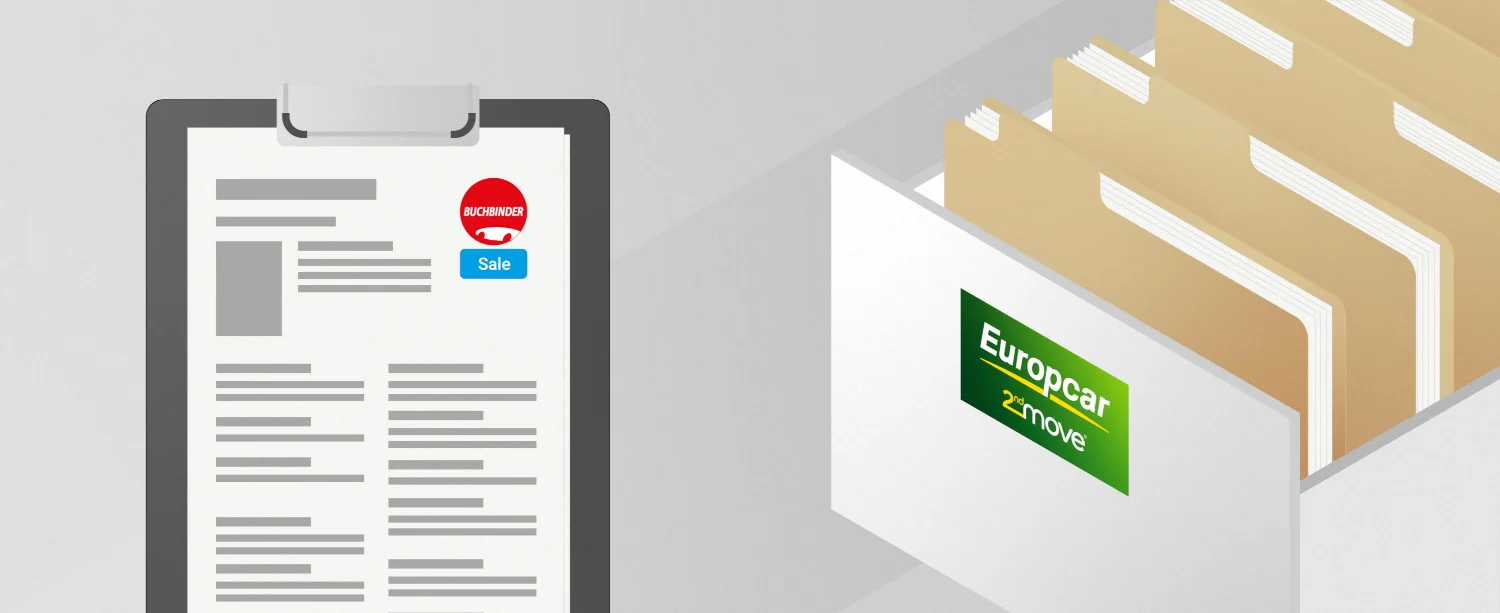A sustainable appearance can also score points when looking for new employees. Especially for those who have to cover longer distances to work, the possibility to charge the e-car in the company can be a decisive argument for working there. Customers are also happy if they can charge the trolley during their visit.
There are other advantages at the tax level. For example, charging private and business e-cars and plug-in hybrids is tax-free - unlike, for example, the fuel voucher for commuters if it exceeds EUR 50.
The right charging infrastructure is a must, especially for companies with fleets of electric company cars. The fleet vehicles can thus be charged safely and efficiently in the company car park.
Implementation of the e-charging infrastructure
The implementation of electromobility by a company usually consists of the combination of a fleet of e-company cars with a suitable charging infrastructure on the company premises. It is also possible to provide charging offers for the private cars of your own team and for customers. But which is better: charging stations or wall boxes?
Charging stations are particularly recommended for a large number of vehicles. Fast charging stations in particular charge up to 10 times faster than a wall box and can supply more cars with electricity in a shorter time. In addition to alternating current, direct current can also be charged. A big advantage, since electric cars can only be driven with direct current and no further conversion of the current type is necessary. In addition, direct current typically charges at 50 kW and is therefore faster than the maximum 44 kW of alternating current. The charging stations are anchored free-standing in the ground and can be connected to an autonomous power supply. Coupling via the electrical house connection is also still possible with this technology. The charging station is particularly suitable for outdoor installation as it is well protected from the weather.
The second option is a wall box. This type of charging is used especially in private households and is relatively easy and cheap to set up. However, it charges less quickly: with a maximum of 22 kW and with alternating current. Therefore, conversion to direct current is also necessary here so that the e-car can be charged. Typically, a wallbox, as the name suggests, is a wall charging station. With a stand bracket, however, it can also be installed free-standing. In general, the wall box is suitable in companies where rather few vehicles have to be charged. It is also intended for use in indoor areas such as garages.
The charging process is comparable to a conventional refueling process: plug in and charge. However, charging stations in companies should be secured against use by unauthorized persons by setting up a charging release. The charging process can then be activated in a number of ways, such as using an RFID chip (Radio Frequency Identification). An RFID chip is registered with the provider and can then be used to activate and document the charging process. For identification purposes, the information stored on the chip is transmitted to the system using electromagnetic waves. At many charging stations, it is also possible to start charging with the provider's app or by scanning a QR code.
Smart Technologies
JDepending on the provider and system, different software packages are offered with the charging infrastructure. With a large number of cars to be charged, it is important to install load management. The program regulates the load on the grid connection by intelligently distributing the electricity, thus preventing increased service charges or blackouts.
There are also various billing options. Depending on the backend system, charging can be paid for using prepaid or post-paid tariffs, for example. With the prepaid option, the user loads an amount of money into his customer account and can use it to pay for the loading process. With the post-paid tariffs, the charging costs are added up over the month and converted into an invoice at the end of the month.
Costs and promotion
The further the development of charging stations progresses, the more the prices drop. A smart wall box is currently available for just a few hundred euros The price of charging stations for electric cars is between around 2,000 and 5,000 euros. Some providers also offer charging infrastructure rental.
The federal funding has since expired. The Federal Ministry of Transport and Digital Infrastructure (BMVI) had made a total of 300 million euros available for small and medium-sized enterprises (SMEs) to expand local charging infrastructure.
Other funding programs that provide financial support to companies setting up wall boxes and charging stations can be found in individual federal states or cities. This includes the "Electro-Mobility Program" from NRW and programs in Baden-Württemberg, Berlin and Munich. In addition, many electricity suppliers and municipal utilities offer financial incentives for installing a charging infrastructure, thereby reducing costs for companies.
 To register, you will be redirected to the Europcar 2ndMove website. After registering, you can log in to Buchbinder-Sale.de.
Next
To register, you will be redirected to the Europcar 2ndMove website. After registering, you can log in to Buchbinder-Sale.de.
Next
 To register, you will be redirected to the Europcar 2ndMove website. After registering, you can log in to Buchbinder-Sale.de.
Next
To register, you will be redirected to the Europcar 2ndMove website. After registering, you can log in to Buchbinder-Sale.de.
Next






 Registration
Registration  Login
Login All vehicles
All vehicles  Direct Sale
Direct Sale
 Auctions
Auctions
 Service
Service
 Company
Company
 My Area
My Area 
